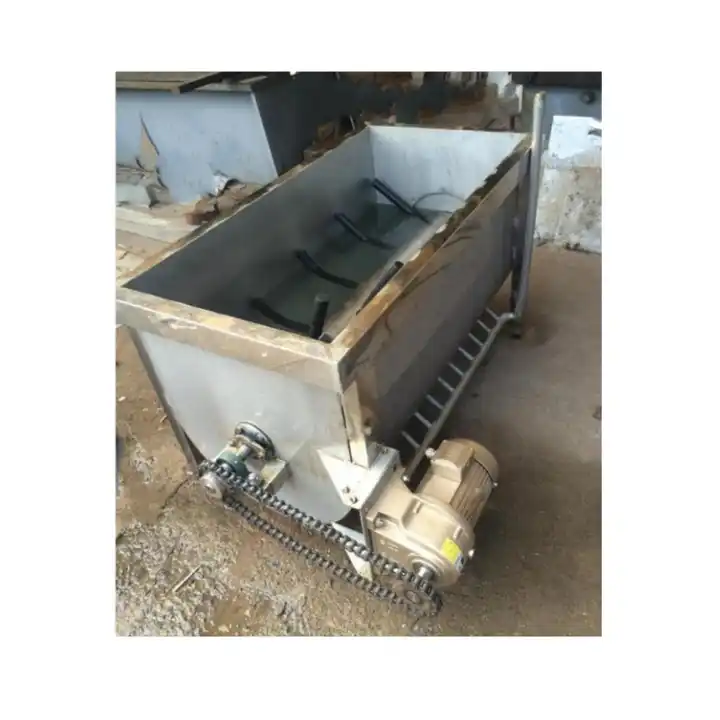Durable Wire Cages for Chickens | Premium Poultry Housing Solutions
Sep . 06, 2024 03:29 Back to list
Durable Wire Cages for Chickens | Premium Poultry Housing Solutions
The Evolution and Benefits of Wire Cages for Chickens
In the world of poultry farming, the welfare of chickens is a primary concern for farmers and animal rights advocates alike. Among various housing options available, wire cages have emerged as a popular choice for many commercial egg-laying operations. Understanding the evolution, design, and benefits of wire cages can help shed light on their significance in modern poultry farming.
Historical Perspective
Historically, chickens were raised in a free-range environment, allowing them to roam and forage for food naturally. However, as the demand for poultry products increased, the industry evolved into more intensive farming methods to maximize production. Wire cages began to gain prominence in the mid-20th century as they allowed for higher stocking densities while ensuring a more controlled environment. This transition aimed to meet the growing global demand for eggs and meat while minimizing labor costs and maximizing output.
Design of Wire Cages
Wire cages come in various designs, tailored to meet the specific needs of different poultry operations. Generally constructed from galvanized or stainless steel wire, these cages provide durability and security. The cages can be arranged in tiers to optimize space, allowing poultry farms to house more chickens within a smaller footprint. Each cage typically contains several hens, providing them with a designated space that includes nesting areas, perches, and feeding stations.
Modern wire cages often incorporate automated systems for feeding and egg collection, which reduces labor time and increases efficiency. Built with proper ventilation and lighting, these cages create a stable environment that supports the health and productivity of the chickens.
Advantages of Wire Cages
wire cages for chickens

1. Space Efficiency One of the primary advantages of wire cages is their ability to maximize space. By stacking cages vertically, farms can accommodate a larger number of hens without the need for expansive land, allowing producers to meet high consumer demand.
2. Health and Biosecurity Wire cages can help reduce the risk of disease transmission among flocks. By confining the chickens to a specific area, contact with the outside environment and potential pathogens is minimized. Additionally, the ability to maintain a clean and controlled environment supports the overall health of the birds.
3. Improved Egg Production Studies have shown that hens raised in wire cages tend to have higher egg production rates. The controlled conditions, including adequate feeding, consistent lighting, and reduced stress levels, contribute to overall flock productivity.
4. Easier Management The design of wire cages simplifies daily management tasks, such as feeding, cleaning, and egg collection. Automated systems can further streamline these processes, reducing the time and labor required to maintain the flock.
Ethical Considerations
Despite the aforementioned benefits, wire cage systems have also drawn criticism from animal welfare advocates. Concerns about the confinement of hens and their ability to exhibit natural behaviors have led to calls for more humane farming practices. As a response, some producers are transitioning to enriched housing systems that provide hens with more space and opportunities for natural behaviors while still maintaining some of the efficiency of wire cages.
Conclusion
Wire cages for chickens have revolutionized the poultry farming industry by providing a practical solution to meet the ever-growing demand for eggs and meat. While they offer numerous benefits, including space efficiency, improved health, and easier management, it is essential to continue exploring alternatives that prioritize animal welfare. By striking a balance between productivity and humane treatment, the poultry industry can evolve to meet the needs of consumers and animals alike. As technology and practices continue to advance, the future of chicken farming may embrace systems that provide both high yields and high welfare standards.
-
Hot Sale 24 & 18 Door Rabbit Cages - Premium Breeding Solutions
NewsJul.25,2025
-
Automatic Feeding Line System Pan Feeder Nipple Drinker - Anping County Yize Metal Products Co., Ltd.
NewsJul.21,2025
-
Automatic Feeding Line System Pan Feeder Nipple Drinker - Anping County Yize Metal Products Co., Ltd.
NewsJul.21,2025
-
Automatic Feeding Line System - Anping Yize | Precision & Nipple
NewsJul.21,2025
-
Automatic Feeding Line System - Anping Yize | Precision & Nipple
NewsJul.21,2025
-
Automatic Feeding Line System-Anping County Yize Metal Products Co., Ltd.|Efficient Feed Distribution&Customized Animal Farming Solutions
NewsJul.21,2025






